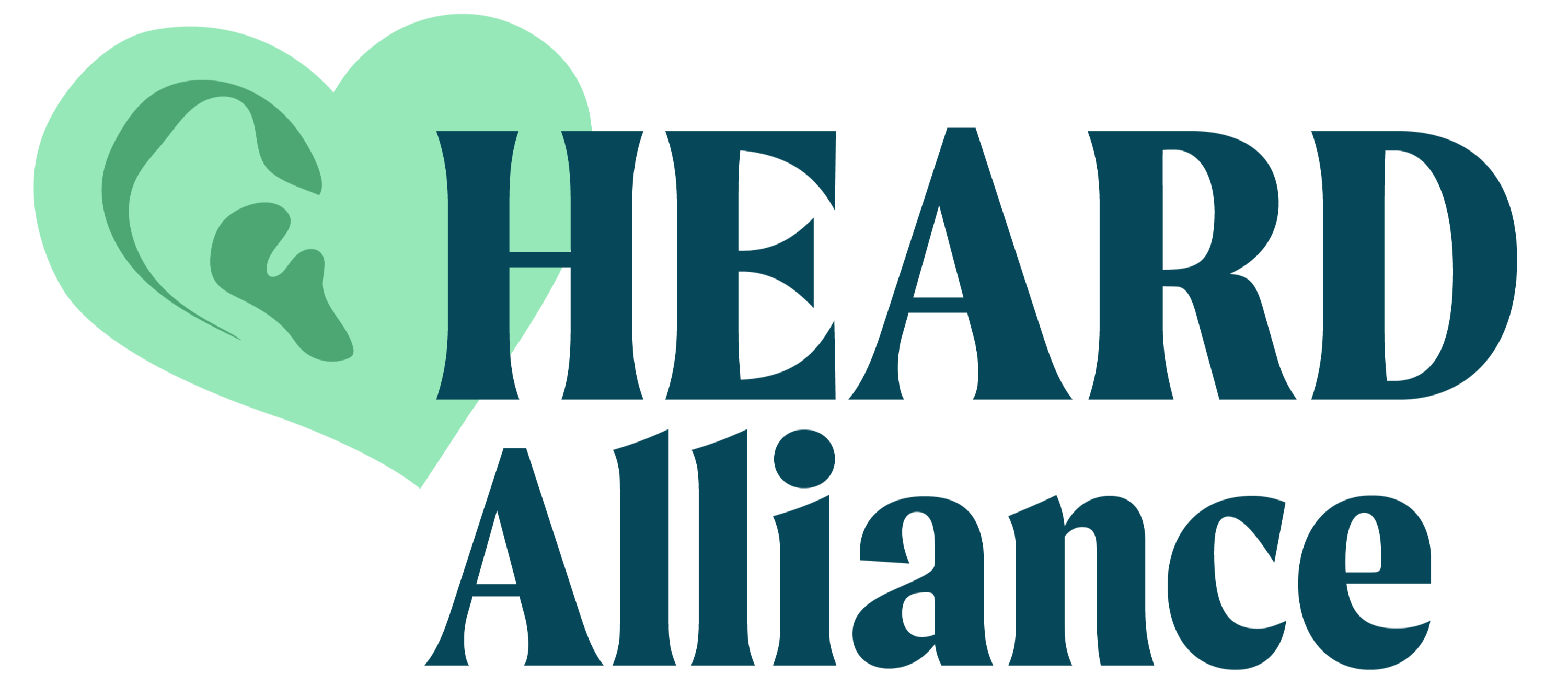This website is currently under construction. For up-to-date information, please visit heardalliance.org.

For Media Professionals
Safe and Responsible Reporting on Suicide: Shaping the Narrative to Save Lives
How suicide is reported can shape public understanding, influence attitudes, and affect those who are most vulnerable.

The Media Toolkit equips professionals with best practices for reporting on suicide responsibly—as a public health issue—while helping to prevent contagion, reduce harm, and encourage help-seeking and hope.
Explore best practices for covering suicide-related topics.
Best Practices for Reporting
on Suicide
Learn how to responsibly cover suicide, including language use, avoiding sensationalism, and prioritizing help-seeking information.
Preventing Suicide: A Resource for Media Professionals
Suggestions about how best to ensure that suicide reporting is accurate, responsible, and appropriate.
Reducing the Risk of Contagion
Understanding the risks of suicide contagion and implementing strategies to mitigate harmful effects of coverage.
Safe Messaging: How to Talk About Suicide
Using appropriate language when discussing suicide is essential to reducing stigma and preventing harm. Always include resources.
Access the complete K-12 Mental Health Promotion & Suicide Prevention Toolkit

Discover trusted tools & resources for ethical media reporting.

Reporting on Suicide
The Recommendations for Reporting on Suicide were developed by leading experts in suicide prevention and in collaboration with several international suicide prevention and public health organizations, schools of journalism, media organizations and key journalists as well as Internet safety experts. The recommendations are based on more than 50 international studies on suicide contagion.
The following resources are courtesy of the Stanford Psychiatry Center for Youth Mental Health and Wellbeing’s Media and Mental Health Initiative.

Media & Mental Health Initiative
The Media and Mental Health Initiative (MMHI) aims to understand and improve the impact of media on mental health through youth-led projects, partnerships and collaboration, media engagement, training, and research—including RROCS, TEMPOS, and #GoodforMEdia. The MMHI Core Team is comprised of mental health and suicide prevention leaders and senior media professionals who serve as an interdisciplinary group that advises on outreach strategies for engaging news media, entertainment media, and social media. This group conducts outreach, training, and provides consultation and reporting guidance to media professionals. For more information, contact the team at mediamhinfo@stanford.edu.

TEMPOS
The Tool for Evaluating Media Portrayals of Suicide (TEMPOS) is the first tool that allows media professionals, public health officials, researchers, and suicide prevention experts to assess adherence to the recommended reporting guidelines with a user-friendly, standardized rating scale.

RROCS
Reporting Responsibly On Campus Suicide (RROCS) provides a set of guidelines and comprehensive education for students writing about campus suicides, as well as effective strategies for covering wellness in the aftermath of crisis. RROCS is based on the extensive recommendations developed by leading experts in the fields of suicide prevention, journalism, and mental health to help student journalists cover suicide without substantially increasing the risk for suicidal behavior.

GoodforMEdia
#GoodforMEdia is a youth-led peer mentoring and education program that supports young people to engage with media in ways that support their mental health. GFM takes a nuanced approach to technology and social media’s effects on youth mental health, and centers youth voices in strategies and solutions.




